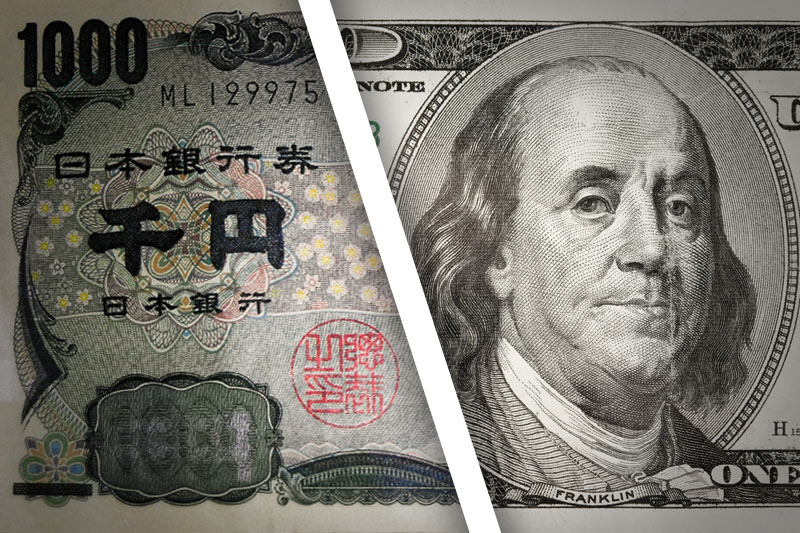Investing.com -- USD/JPY fell by more than 3% on Friday, suffering one of its worst one-day losses on the calendar year, after the Bank of Japan spooked foreign exchange markets by only instituting modest easing measures at a closely-watched meeting.
The currency pair fell as much as 3.10% to an intraday low of 101.97, before rising slightly to end the U.S. afternoon session at 102.03. At session lows, the Dollar fell to its lowest level against the Japanese Yen in three weeks. Since hitting 7-week highs versus the Yen last Friday, the Dollar has tumbled 4.50% against its Japanese counterpart. More broadly, the Dollar is down by approximately 15% year-to-date.
Citing an uncertain outlook in global financial markets and expectations for a slowdown in emerging economies stemming from last month's Brexit decision, the BOJ approved moderate stimulus measures at Friday's monetary policy meeting. While the Japanese Central Bank took some action on Friday by upping the level of ETF purchases from ¥3.3 to 6 trillion, the BOJ largely fell short of market expectations for further interest rate cuts and expanded Quantitative Easing. In a 7-2 vote, the BOJ held its deposit rate at Minus-0.1% and maintained its monetary base target at ¥80 trillion. Heading into the meeting, the BOJ came under pressure from the Japanese government to use the levers necessary to lower the Yen in order to help jumpstart soft exports.
"The Bank will continue with (QE) with a Negative Interest Rate," aiming to achieve the price stability target of 2 percent, as long as it is necessary for maintaining that target in a stable manner," the BOJ said in a statement. "It will examine risks to economic activity and prices, and take additional easing measures in terms of three dimensions -- quantity, quality, and the interest rate -- if it is judged necessary for achieving the price stability target." Earlier on Friday, the Japanese government reported that core inflation increased by 0.8% in May, far below the BOJ's targeted objective of 2%. It also came two days after prime minister Shinzo Abe unveiled a JPY 28 trillion fiscal stimulus plan, representing approximately 6% of the Japanese economy, according to Reuters.
Elsewhere, the U.S. Bureau of Economic Analysis (BEA) said Friday that preliminary GDP for the second quarter rose by 1.2%, far below consensus estimates of 2.6%. Within the report, inventories nationwide fell for the first time since 2011 -- offset somewhat by robust levels of consumer spending. For the three-month period, consumer spending rose by 4.2%, more than doubling first quarter growth of 1.6%.
The U.S. Dollar Index, which measures the strength of the greenback versus a basket of six other major currencies, fell more than 1.25% on Friday to an intraday low of 95.34 before inching back up to 95.54 at the close of U.S. afternoon trading. The index posted its fifth straight losing session after hitting four-month highs at 97.62 on Monday.
Yields on the U.S. 10-Year fell five basis points to 1.45%, while yields on the Japan 10-Year rose nine basis points to Minus-0.20%. Yields on both 10-year government bonds are down by at least 60 basis points over the last year.
